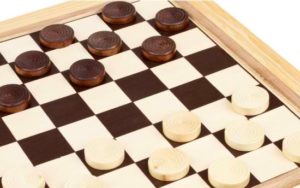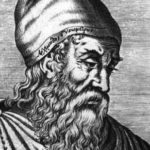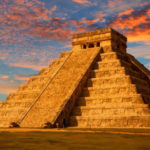15 interesting facts about draughts (checkers)
 Playing checkers is no less interesting than chess, despite the fact that it seems simpler. She is known to people a long time ago, and professional draughts competitions are regularly held in the world. To learn the basics of this game is not difficult, but to achieve impressive results will be really difficult, and it can take years.
Playing checkers is no less interesting than chess, despite the fact that it seems simpler. She is known to people a long time ago, and professional draughts competitions are regularly held in the world. To learn the basics of this game is not difficult, but to achieve impressive results will be really difficult, and it can take years.
Checkers were known to the ancient Greeks. They claimed that the game was invented by the god Hermes.
According to another version, the game of checkers was invented by soldiers who were bored during the siege of Troy, which lasted about ten years.
There is a variation of this game called Lightning Checkers. It differs from a regular game in that it counts not only the result, but also the time spent on the move.
In medieval Europe, draughts were called “ladies”.
Draughts were also known to our ancestors a long time ago. Archaeologists managed to find a copy in Russia, which is about 1000 years old.
In the world there is an original game called “chess”, which is a combination of checkers and chess.
Checkers were never banned by the Catholic Church, despite the fact that chess was once banned.
The oldest book about checkers, the mention of which has come down to us, was published in 1591 in Italy.
Boards for playing checkers are different, square and rectangular, with a different number of fields.
In the Middle Ages, checkers were considered a game of knights, and the ability to play them well was one of the knightly virtues.
The world’s first draughts world championship was held in 1894, and two years later the championship was held among the players of the Russian Empire.
The ancient Egyptians had their own board game, much like checkers.
When and by whom the checkers were invented is not known for certain.
Draughts differ from most other similar games in that all the pieces in them have the same meaning.
The game, popularly known as “giveaway,” is correctly called “reverse checkers.”



























